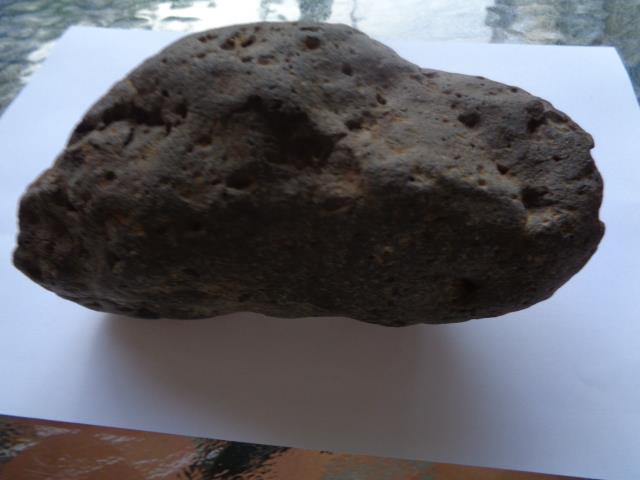- Joined
- Mar 17, 2015
- Messages
- 61
- Reaction score
- 63
Hi fellow rock hunters hope someone can shed a light on this piece of rock , looks like it had come from a volcano extremely heavy so I thing it is iron .
only problem I have is when I place a magnet on it it will not stick , I run a SD 2300 and it sounds off big time with this unit , in fact I could not run it in the location for long as I found it keeped on resetting its self.
his some pics
regards the Panner



only problem I have is when I place a magnet on it it will not stick , I run a SD 2300 and it sounds off big time with this unit , in fact I could not run it in the location for long as I found it keeped on resetting its self.
his some pics
regards the Panner






